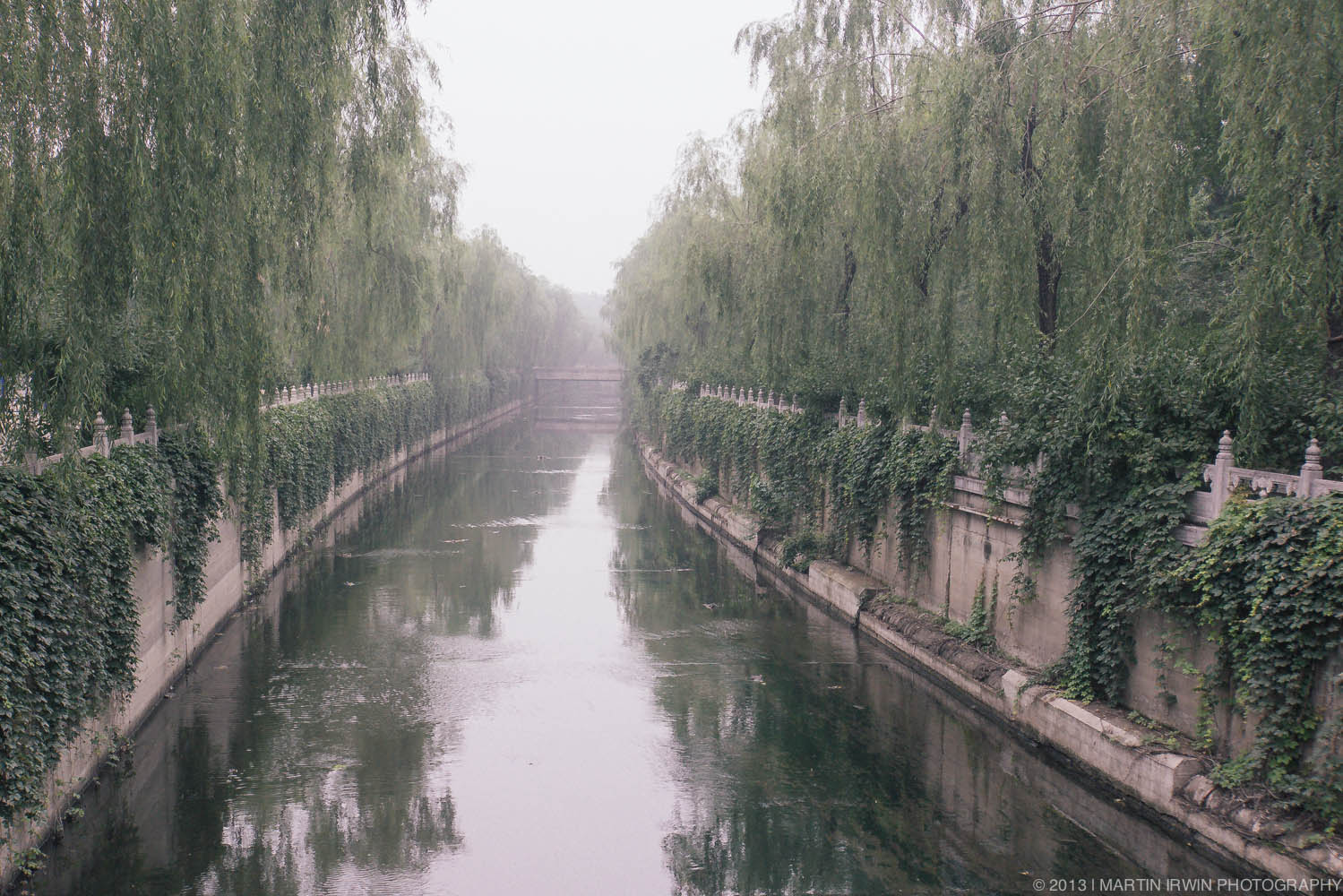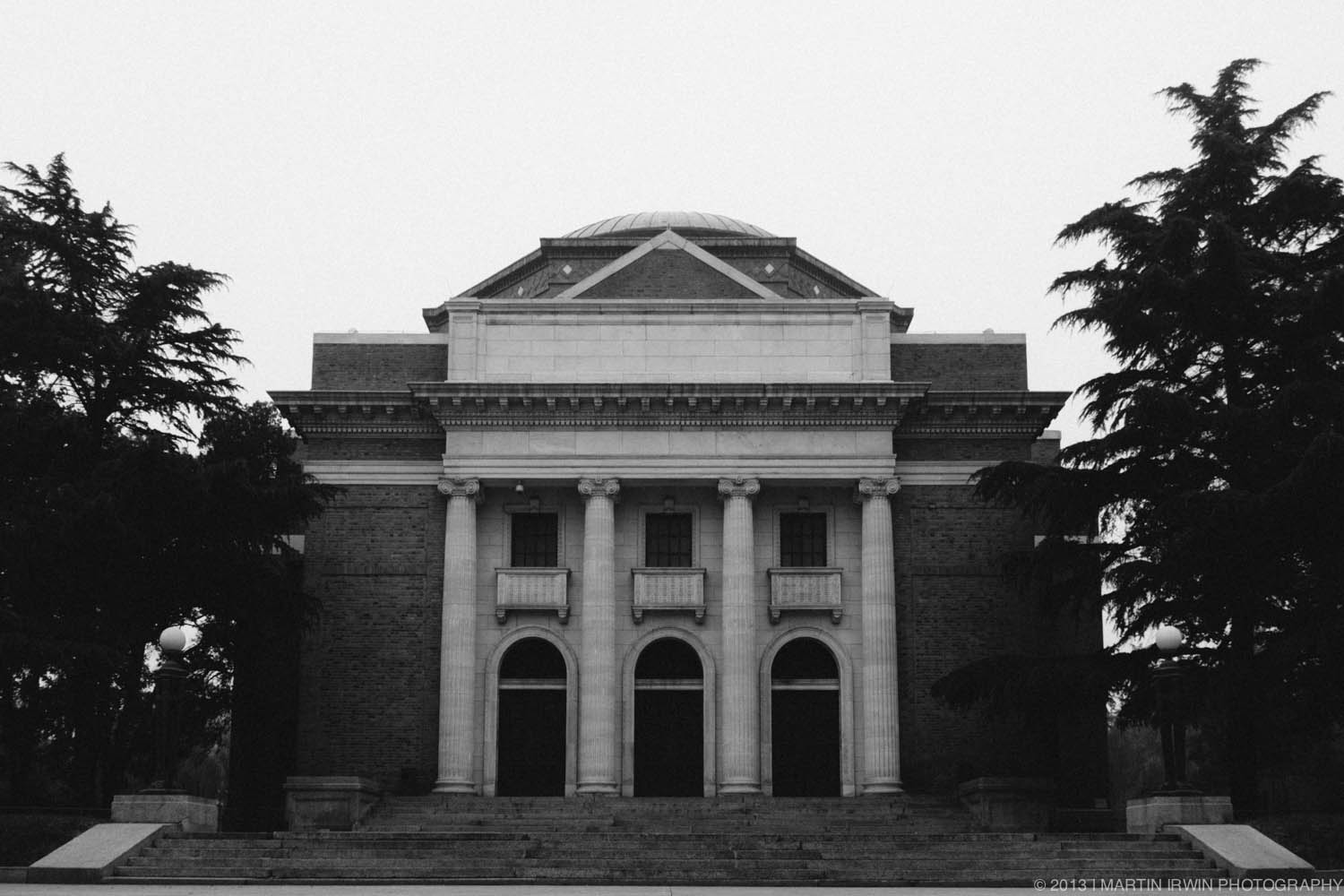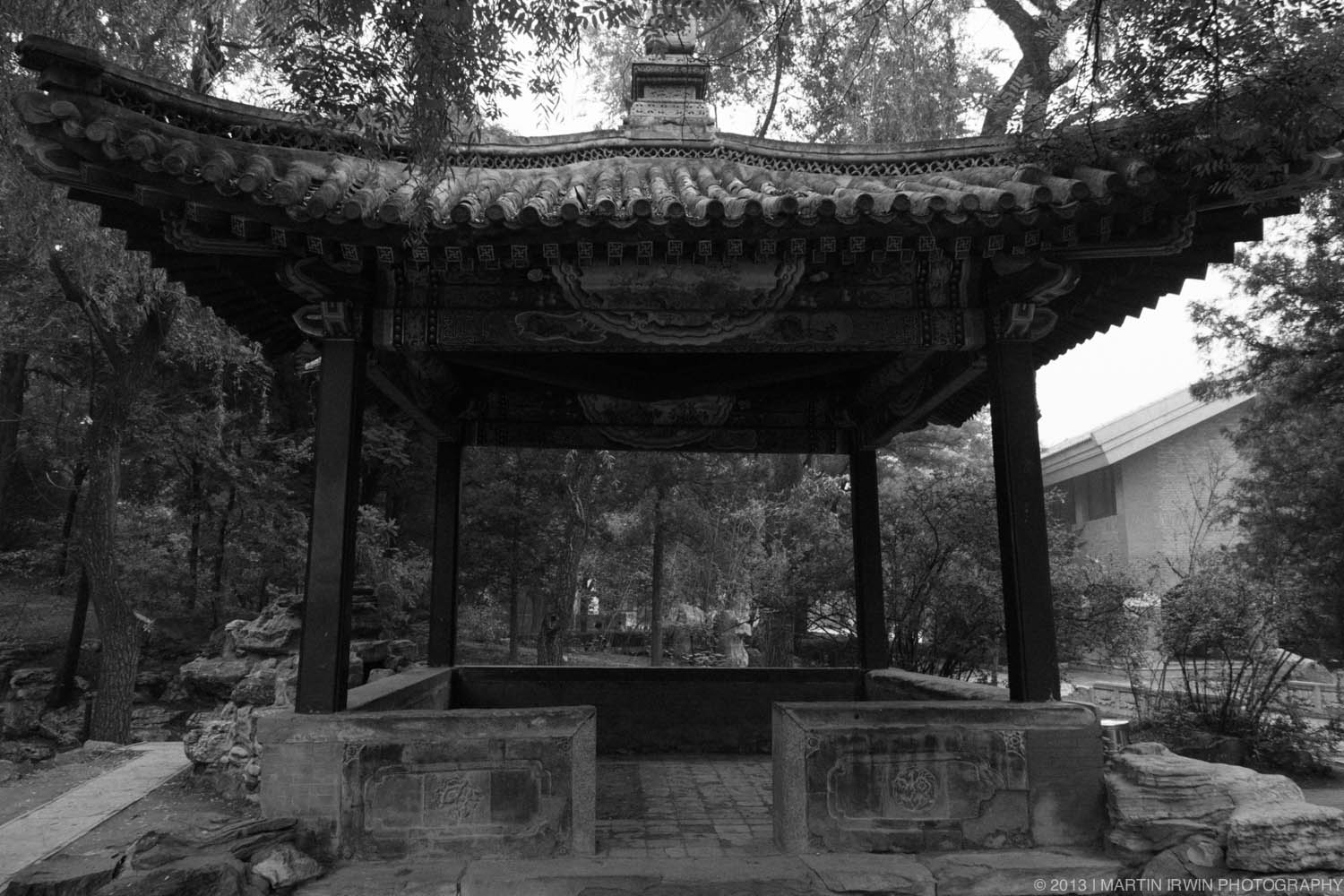China
Day 4 - Air Quality
I took a late-night flight back from Dalian to Beijing, landing in the smog sometime before midnight. The forecast for today was for bright sunshine and a high of 37°C, so I was curious as to how Beijing would look. In short, visibility today has been great.
Practically clear!
Compared to when I arrived, the visibility today is fantastic. The scorching-hot sun casts strong shadows, and people gather under the trees and bridges for shelter. So, conditions are favourable. The weather looks good. We don't have visual evidence of heavy pollution though there are still many old cars, and many factories surrounding Beijing.
A plane landing in Beijing
The visual side of the pollution story is not the only concern for cities. High levels of NOx and volatile organic compounds (VOC) combined with the strong shortwave (UV) sunlight, create ozone. The ozone layer protects us from harmful UV-B rays from the Sun, but that's at high altitudes. Down in the city-streets, ozone does little by the way of protection. Instead, ozone causes severe respiratory problems. Breathing ozone can trigger a variety of health problems including chest pain, coughing, throat irritation, and congestion. It can worsen bronchitis, emphysema, and asthma. “Bad” ozone also can reduce lung function and inflame the linings of the lungs. Repeated exposure may permanently scar lung tissue.
I can't put any measurement data onto the blog, as it needs to go through the proper quality assurance and scientific channels first. I can say that O3 levels in Beijing are extremely high. If Tokyo is around 50ppb (and wants to reduce it), Beijing is at around 100ppb. For comparison, the remote jungle in Borneo is about 5ppb.
What can be done?
Good question. It all really comes down to policy. Beijing has shown before, with the Olymipics, that it can reduce its pollution. However, making a long-term commitment to such policies is much harder. Personally, I hope that one day soon Beijing is able to make the headlines for more than its record-breaking pollution. It's a fantastic place full of lively and fun people. I recommend a visit - just perhaps not in winter.



















